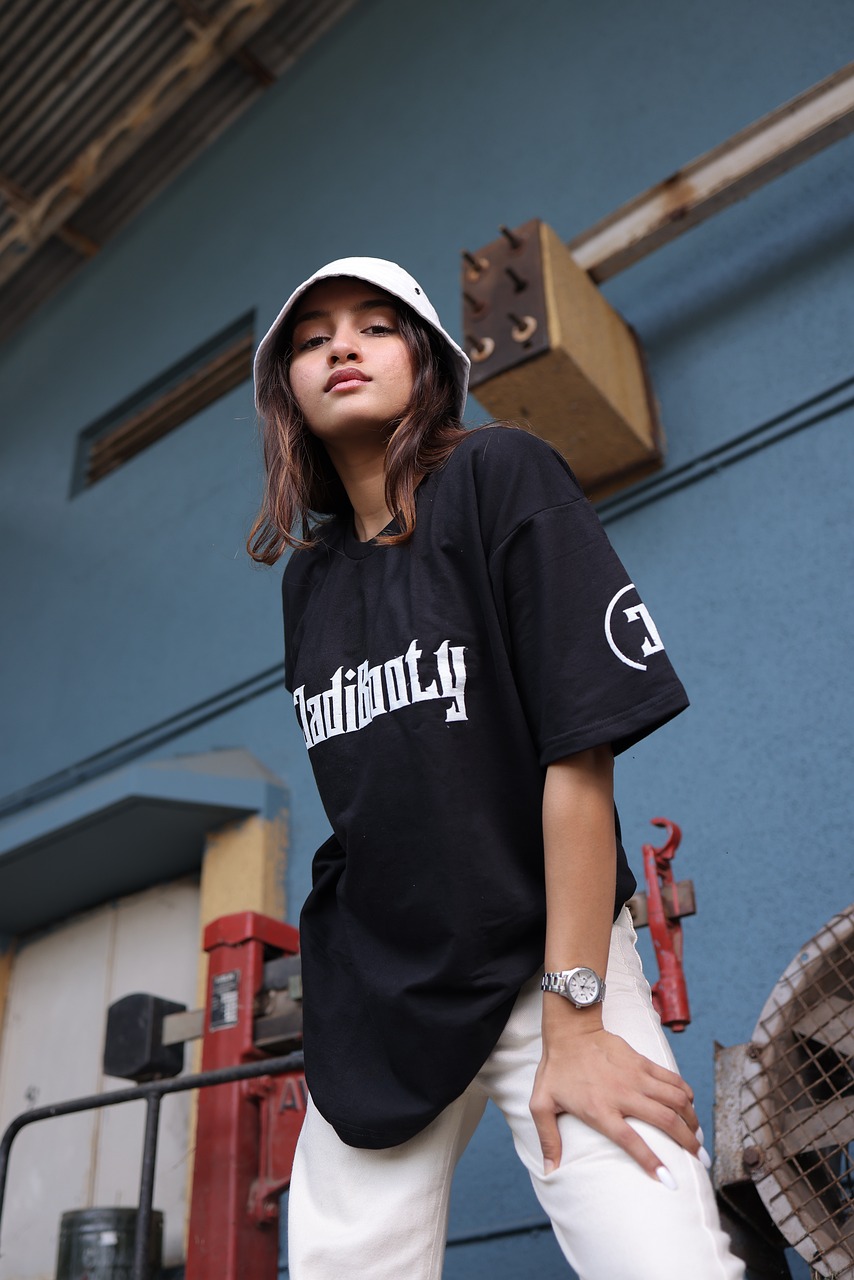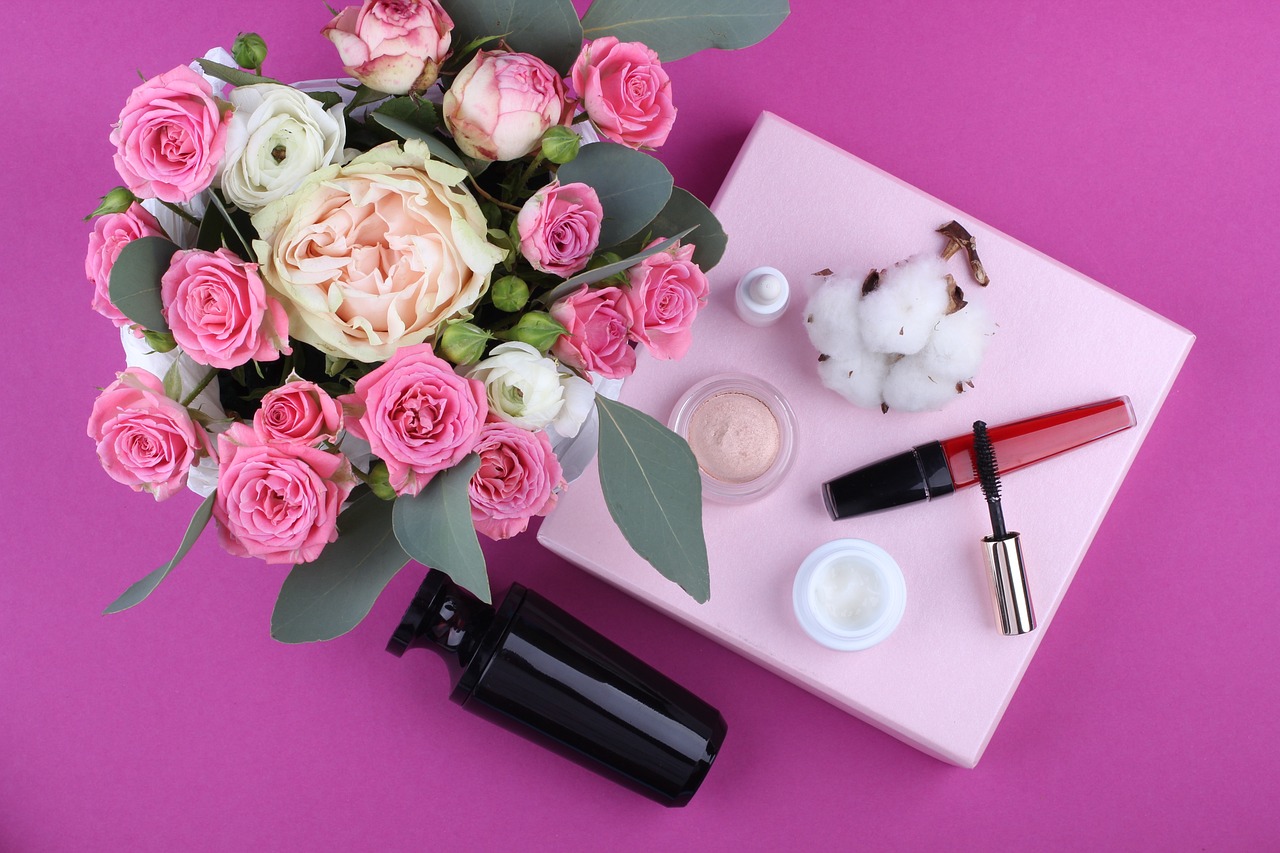The world of fashion is experiencing a significant shift, one that has been building for years and is finally gaining widespread recognition—gender-neutral fashion. Gone are the days when clothing was strictly defined by gender categories of “menswear” and “womenswear.” Today, we are witnessing a movement towards greater inclusivity and freedom of expression through gender-neutral fashion. This trend is reshaping the industry, encouraging brands and designers to rethink the traditional boundaries of style and embrace a more fluid and inclusive approach to clothing.
But what exactly is gender-neutral fashion, and why is it gaining so much attention? Let’s explore the rise of gender-neutral fashion and what it means for the future of the industry.
The Evolution of Fashion Beyond Gender
Fashion has long been one of the most gender-specific forms of self-expression, with menswear and womenswear typically existing in entirely separate realms. For decades, the industry has relied on a strict divide that reinforced societal expectations about how people of different genders should present themselves. However, the lines between these categories have been blurring, thanks in part to cultural changes, the influence of social media, and a broader awareness of gender identity and expression.
Gender-neutral fashion, also known as unisex or gender-fluid fashion, is about creating clothing that is not confined to the limitations of gender. Instead of being designed specifically for men or women, gender-neutral garments are intended to be worn by anyone, regardless of gender. It’s a movement that celebrates diversity, individuality, and personal freedom, encouraging people to dress in a way that feels authentic to them without the constraints of traditional gender norms.
This shift is not only about the clothes themselves but also about challenging the stereotypes that have long existed in fashion. It’s a push towards eliminating rigid boundaries and fostering an environment where everyone feels seen, represented, and empowered to express their true selves.
Why Gender-Neutral Fashion Is Gaining Popularity
One of the driving forces behind the rise of gender-neutral fashion is the growing awareness and acceptance of diverse gender identities. As society evolves to better understand and respect people who are non-binary, gender non-conforming, or gender-fluid, the fashion industry has had to adapt to meet their needs. Consumers today are more vocal about the need for inclusivity, and brands that fail to embrace this shift risk being seen as outdated or exclusive.
In addition, younger generations—particularly Gen Z—are leading the charge when it comes to breaking down gender norms. This generation is known for its rejection of labels and its emphasis on individuality and authenticity. For many young people, fashion is a means of exploring and expressing their identity, and they want the freedom to do so without being boxed into categories based on their gender. Brands that offer gender-neutral clothing are resonating with this audience because they provide a sense of freedom that aligns with their values.
Social media has also played a major role in the rise of gender-neutral fashion. Platforms like Instagram and TikTok have given rise to a new generation of influencers who defy traditional gender norms, showcasing their unique style without adhering to conventional boundaries. These influencers have helped normalize gender-fluid dressing, encouraging their followers to do the same.
The Impact on the Fashion Industry
The rise of gender-neutral fashion is having a profound impact on the fashion industry as a whole. Brands that once offered only distinct menswear and womenswear lines are now embracing gender-fluid collections. High-profile designers and fashion houses are incorporating unisex elements into their runway shows, and major retailers are dedicating entire sections to gender-neutral clothing.
For example, iconic fashion brands like Gucci, Balenciaga, and Louis Vuitton have released collections that blur the lines between menswear and womenswear, incorporating silhouettes and designs that can be worn by anyone. Streetwear brands, such as Supreme and Stüssy, have also been at the forefront of the gender-neutral movement, as their relaxed, oversized styles naturally lend themselves to being worn by people of all genders.
Retailers are also shifting their approach, with some eliminating gendered sections in their stores altogether. Instead of categorizing clothing by gender, they are organizing items by type, allowing customers to browse freely without feeling confined by labels. This approach not only promotes inclusivity but also creates a more relaxed shopping experience for those who do not identify with traditional gender categories.
Key Elements of Gender-Neutral Fashion
So what makes a piece of clothing gender-neutral? Typically, gender-neutral fashion focuses on loose-fitting, versatile designs that prioritize comfort and simplicity. The goal is to create pieces that are adaptable to different body types and preferences, rather than emphasizing a distinctly masculine or feminine silhouette. Here are some key elements that define gender-neutral fashion:
- Neutral Colors: Gender-neutral fashion often incorporates a palette of neutral colors such as black, white, gray, and earth tones. These shades are versatile and appeal to a broad audience, making them ideal for unisex clothing.
- Oversized and Relaxed Fits: Many gender-neutral pieces feature oversized or relaxed fits that can accommodate a variety of body shapes and sizes. The loose fit helps to eliminate the notion of clothing being specifically tailored to a particular gender.
- Simple Silhouettes: Instead of emphasizing gender-specific details, gender-neutral garments often have simple, classic silhouettes that work for anyone. This approach creates timeless pieces that can be styled in many different ways.
- Functional Design: Gender-neutral clothing often prioritizes functionality, with a focus on comfort and practicality. This means fewer embellishments and more emphasis on clean lines, high-quality materials, and versatile designs.
Challenges Facing Gender-Neutral Fashion
While gender-neutral fashion is making strides, there are still challenges to overcome. One of the biggest obstacles is the deeply ingrained nature of gendered marketing. Many brands have relied on traditional gender-based advertising for decades, and breaking away from these practices requires a fundamental shift in how they approach everything from design to branding to customer outreach.
There is also the issue of sizing. Fashion sizing has traditionally been designed around binary notions of male and female bodies, which can make it difficult for brands to create gender-neutral pieces that fit a wide range of body types. Developing a more inclusive sizing system that works for all genders is a complex task that requires careful consideration and innovation.
Despite these challenges, the rise of gender-neutral fashion represents a major step forward for inclusivity in the industry. It is pushing designers and brands to think more creatively and consider how they can meet the needs of all consumers, regardless of gender.
The Future of Fashion: Embracing Fluidity
The rise of gender-neutral fashion is not just a passing trend—it’s a reflection of broader cultural changes that are here to stay. As society continues to move towards greater acceptance of diverse identities, the fashion industry will need to keep pace by embracing inclusivity in all its forms. This means not only offering gender-neutral clothing but also ensuring that the entire shopping experience is welcoming and accessible to everyone.
Gender-neutral fashion is opening up new possibilities for self-expression and creativity, allowing people to dress in a way that feels true to who they are, without the limitations of traditional gender categories. It encourages individuals to experiment with their style, mix and match pieces freely, and wear what makes them feel good.
Ultimately, the rise of gender-neutral fashion is about more than just clothing—it’s about creating a world where everyone feels seen, respected, and valued. It’s about dismantling the stereotypes that have long dictated how we dress and giving people the freedom to express themselves authentically. By embracing gender-neutral fashion, the industry is taking an important step towards a more inclusive and accepting future, one where fashion truly is for everyone.















